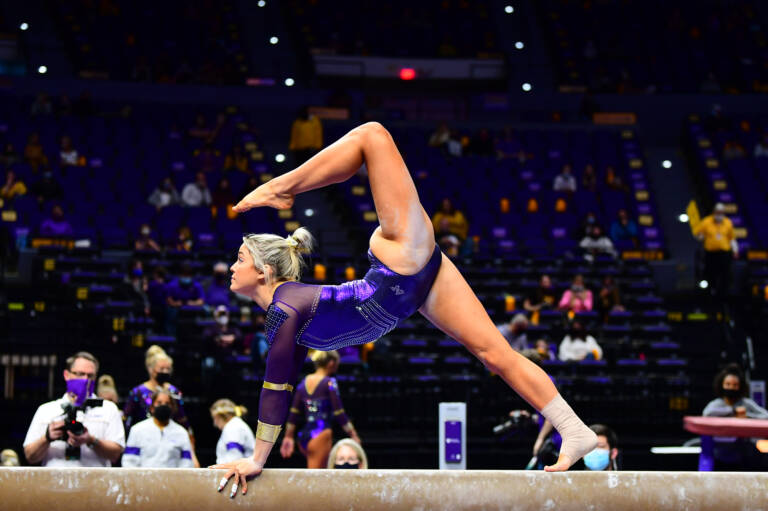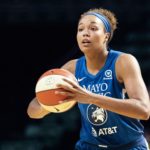
What’s that? Women’s sports are finally starting to get the recognition they deserve?
A recent study from The Collective, the women-focused branch of sports agency Wasserman’s, found that women’s sports now receive 15 percent of all sports media coverage in the U.S.
Saying that this is good news would be an understatement, considering that for the past three decades, women’s sports were believed to account for between 3 and 5.5 percent of sports coverage.
“Persistent, incorrect assumptions of lower media representation for women’s sports have created hesitancy around investment, whereas truth will spark opportunity,” Wasserman’s executive vice president of global insights, Shelley Pisarra, told SportsPro Media. “Coverage of sports has definitely evolved across platforms, requiring new approaches to and support for women’s sports advancement.”
Researchers with The Collective attribute this increased coverage to a rapidly changing sports media landscape. Viewers are no longer interacting with sports through linear TV networks alone, but through streaming services – which has significantly helped women’s sports.
Back when day-of-week scheduling was the only way to broadcast sports, women’s leagues were often forced to compete with men’s leagues for viewership, especially during primetime slots. For example, women’s sports broadcasted on Sundays during the first and last quarters of the year would not receive as much coverage because they conflicted with NFL broadcasting. This lack of flexibility has long been a hurdle for women’s sports, as it pits women’s leagues against men’s leagues.
With streaming, however, programs are not at the mercy of timeslots – The Collective report shows that streaming increased women’s sports coverage by an average of 4,000 hours per year between 2018 and 2022.
“The ability to broadcast multiple programs simultaneously diminishes scheduling challenges, allowing for a greater supply of sports to be broadcast while offering viewers the opportunity to choose,” the report reads.
Social media is another contributing factor. According to the report, female athletes drive twice the amount of engagement on social media as their male counterparts. Conversations about sports and social media reached an all-time high this past year – especially in collegiate sports. Louisiana State University gymnast Olivia Dunne made headlines this year for becoming the highest-paid female athlete in the NCAA, largely through brand partnerships.
Dunne, along with other NCAA athletes such as University of Miami basketball players Hanna and Haley Cavinder, have led online conversations about how NIL deals have carved out new opportunities for women in sports, even when coverage lacks overall.
Despite significant progress, there is much work to be done before full equity is reached. However, if this growth in women’s sports coverage continues at the same rate, researchers predict that women’s leagues will receive 20 percent of all U.S. sports coverage by 2025.
“This data powerfully begs a reassessment of the opportunity around women’s sports – to meet fans where their passions live and their consumption habits converge,” said Pisarra. “New perspective can perpetuate a growth cycle that will result in greater economic growth for players, leagues, brands, properties and audiences alike.”



